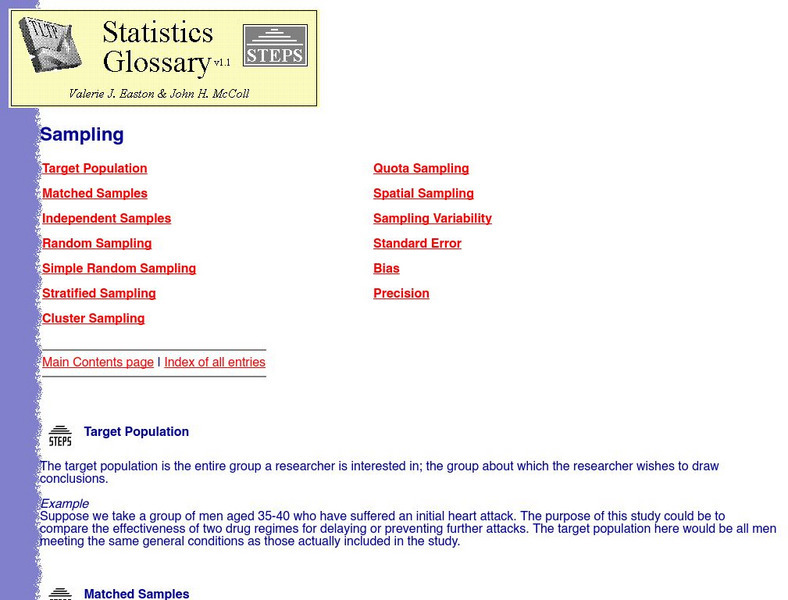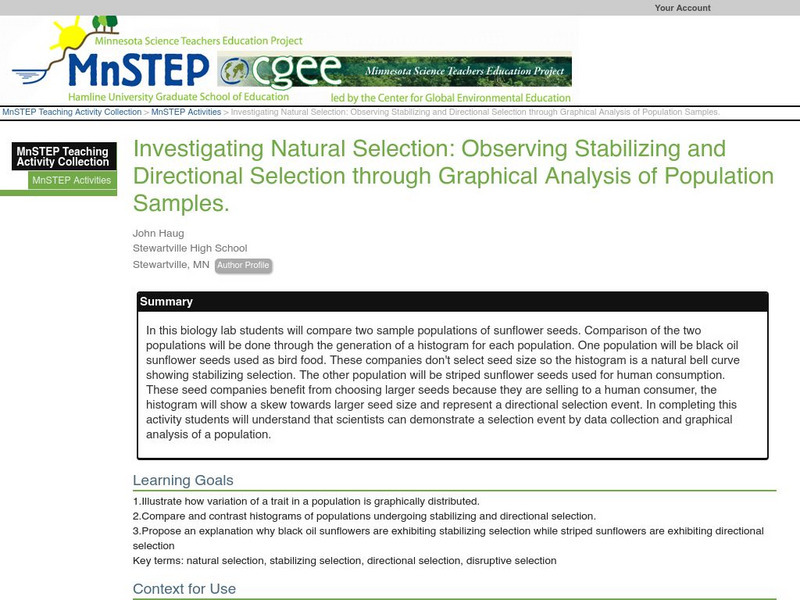University of Georgia
University of Georgia: Inter Math: Sample
This site gives a description of a sample (of a population). The page offers information on various types of sampling. There are links to related terms, everyday examples, more information, and the interactive check point involving...
Stefan Warner and Steven R. Costenoble
Finite Mathematics & Applied Calculus: Sampling Distributions and the Central Limit Theorem
Students learn about sampling distributions and the Central Limit Theorem. Topics explored are sample mean, population mean, and using the Central Limit Theorem. The tutorial investigates the statistics concepts through class notes and...
PBS
Pbs Teachers: Alien Invasion: Estimating a Snake Population [Pdf]
Learn about the effects of alien species on native environments and explore biologists' use of capture/recapture statistics and analysis of sampling techniques by estimating the population size of a tagged species.
Rice University
Hyper Stat Online Statistics Textbook: Population
A definition of "population" as it refers to statistics.
Illustrative Mathematics
Illustrative Mathematics: S Ic Block Scheduling
A random sample of 100 learners from a specific high school resulted in 45% of them favoring a plan to implement block scheduling. Is it plausible that a majority of the students in the school actually favor the block schedule? Learners...
Common Core Sheets
Common Core Sheets: Statistics & Probability 7.sp.1 Worksheets
Create or print a worksheet to assess students' understanding of identifying populations and samples.
Science Education Resource Center at Carleton College
Serc: Mn Step: Worm Watch
For this field investigation, students use sampling techniques to identify the types of earthworms found in the schoolyard. Data will be combined for the whole class to get a snapshot of the earthworm population, species, and ecological...
CK-12 Foundation
Ck 12: Algebra Ii: 5.7 Margin of Error
This section introduces the concept of Margin of Error. Explore how results from surveys are most accurate within a range of values, and use this concept to make inferences about the preferences of a full population, given data from a...
American Geosciences Institute
American Geosciences Institute: Earth Science Week: Monitoring Life in the Rocky Intertidal Ecosystem
This activity will allow young scholars to learn the sampling techniques used in the field by citizen scientists who participate in LiMPETS, five national marine sanctuaries along the West Coast.
Illustrative Mathematics
Illustrative Mathematics: s.ic.4 the Marble Jar
Sometimes hotels, malls, banks, and other businesses will present a display of a large, clear container holding a large number of items and ask customers to estimate some aspect of the items in the container as a contest. In some cases,...
Other
Statistics Education Web: Bubble Trouble [Pdf]
Use random sampling to formulate, collect, and compare data from two populations. Written by Peter Banwarth of Oregon State University.
University of Glasgow
Statistics Glossary: Target Population
Go to this site for a brief definition for what the target population of a sample is along with an example problem.
Cornell University
Cornell University: Study Design Tutorial: Cross Sectional Studies
This tutorial from Cornell University's College of Veterinary Medicine explains what a cross-sectional study is, its key characteristics, how to assess events and outcomes, and some special considerations when choosing sample...
Social Science Education Consortium
Ssec: Employment Unemployment: How Can Both Rates Rise at the Same Time? [Pdf]
In this investigation, learners are asked to explain a Wall Street Journal (WSJ) announcement about unemployment, and look for a contradiction in the message. Then they are introduced to the definitions of employment, unemployment, and...
Palomar Community College District
Palomar College: Hardy Weinberg Principle
This site from Palomar College describes the conditions needed for theHardy-Weinberg Principle to hold true.Completes sample calculations involvingthis principle.
TeachEngineering
Teach Engineering: Your River's Health
Students perform a macroinvertebrate survey to gauge the health of a local river. They collect water samples and count macroinvertebrates to learn how the health of a river's ecosystem can be determined by its river insect population.
Sophia Learning
Sophia: Creating a Good Survey and Analyzing the Results
In this activity, students will learn how to develop a sample survey while also using inferential statistics to solve real-world problems.
Science Education Resource Center at Carleton College
Serc: Investigating Observing Stabilizing and Directional Selection
In this biology lab learners will compare two sample populations of sunflower seeds. Comparison of the two populations will be done through the generation of a histogram for each population. One population will be black oil sunflower...
PBS
Pbs Teachers: Scientific American: Deep Crisis: Salmon Counting
In this lesson, students can explore the techniques of census and population counting by inferring numbers of a virtual population illustrated within a rectangular sampling grid, and observing the accuracy of the technique in relation to...
Illustrative Mathematics
Illustrative Mathematics: S Ic Why Randomize?
The exercise demonstrates that judgment (non-random) samples tend to be biased in the sense that they produce samples that are not balanced with respect to the population characteristics of interest. Students will estimate the mean...
PBS
Pbs Teachers: Something Fishy [Pdf]
Estimate the size of a large population (fish in a bay) by applying the concepts of ratio and proportion through the capture-recapture statistical procedure.
University of Cambridge
University of Cambridge: Maths and Sports: Who's the Best?
Can you use data from the 2008 Beijing Olympics medal tables to decide which country has the most naturally athletic population? This data-handling activity encourages mathematical investigation and discussion and is designed to be...
Illustrative Mathematics
Illustrative Mathematics: 7.sp Estimating the Mean State Area
The table below gives the areas (in thousands of square miles) for each of the lower 48 states. This serves as the population for this study. Your task involves taking small samples from this population and using the sample mean to...
Web Center for Social Research Methods
Research Models Knowledge Base: Selecting Survey Method
Details the following issues that should be considered when selecting the survey method: population, sampling, questionnaire, bias, and administration.
Other popular searches
- Random Sampling Population
- Population Sampling
- Population Sampling Quadrat
- Population Sampling Qua Drat
- Population Sampling Quiz
- Bat Population Sampling
- Natural Population Sampling
- Population Sampling Marine
- Science Sampling Population



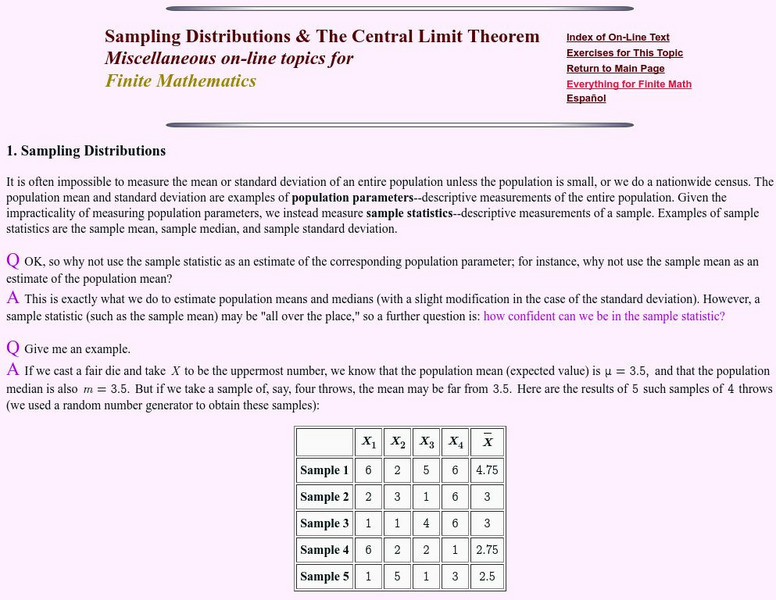
![Pbs Teachers: Alien Invasion: Estimating a Snake Population [Pdf] Activity Pbs Teachers: Alien Invasion: Estimating a Snake Population [Pdf] Activity](https://content.lessonplanet.com/knovation/original/42719-3ab379f516ca5265608d3b9539483f02.jpg?1661419221)
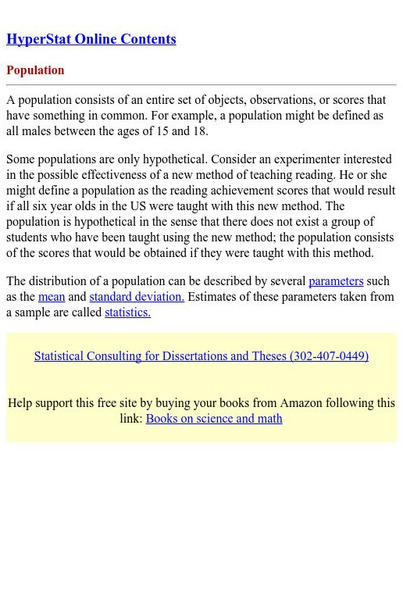
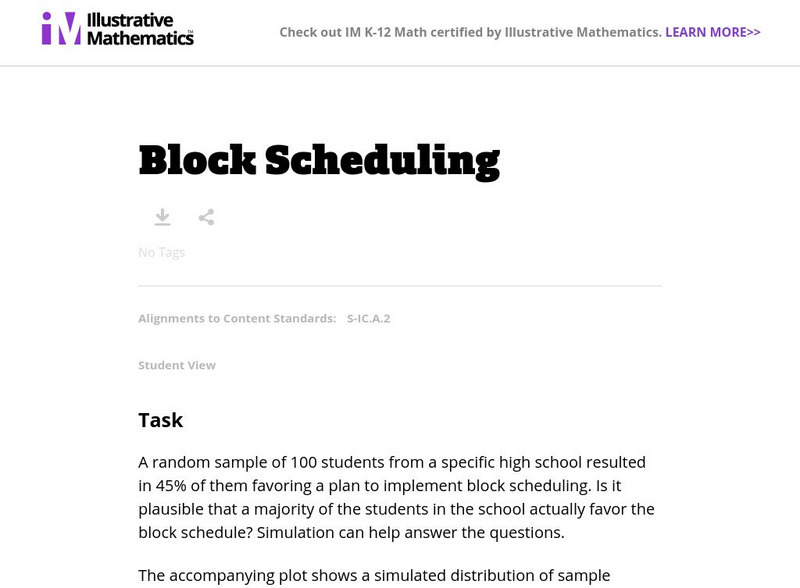

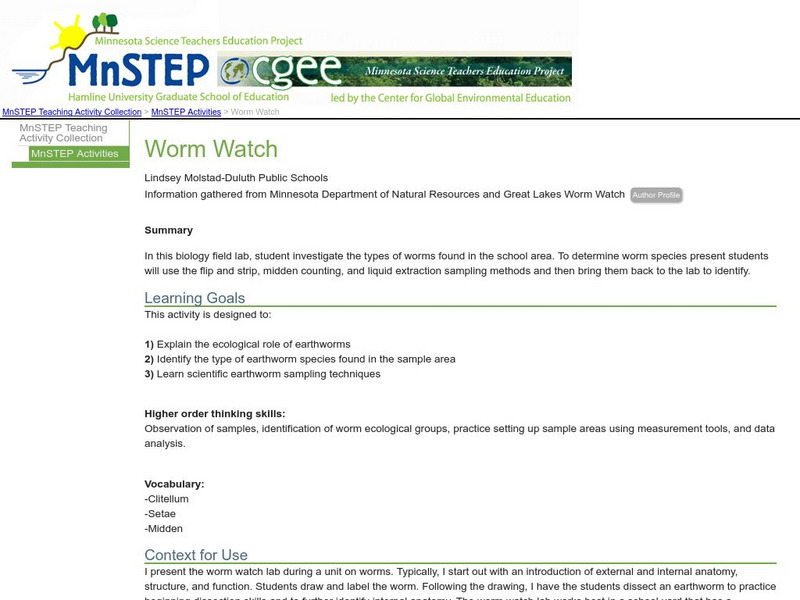


![Statistics Education Web: Bubble Trouble [Pdf] Lesson Plan Statistics Education Web: Bubble Trouble [Pdf] Lesson Plan](https://content.lessonplanet.com/knovation/original/715465-988c4be74f96df36c2d9bcb6f2f5182f.jpg?1661829195)
